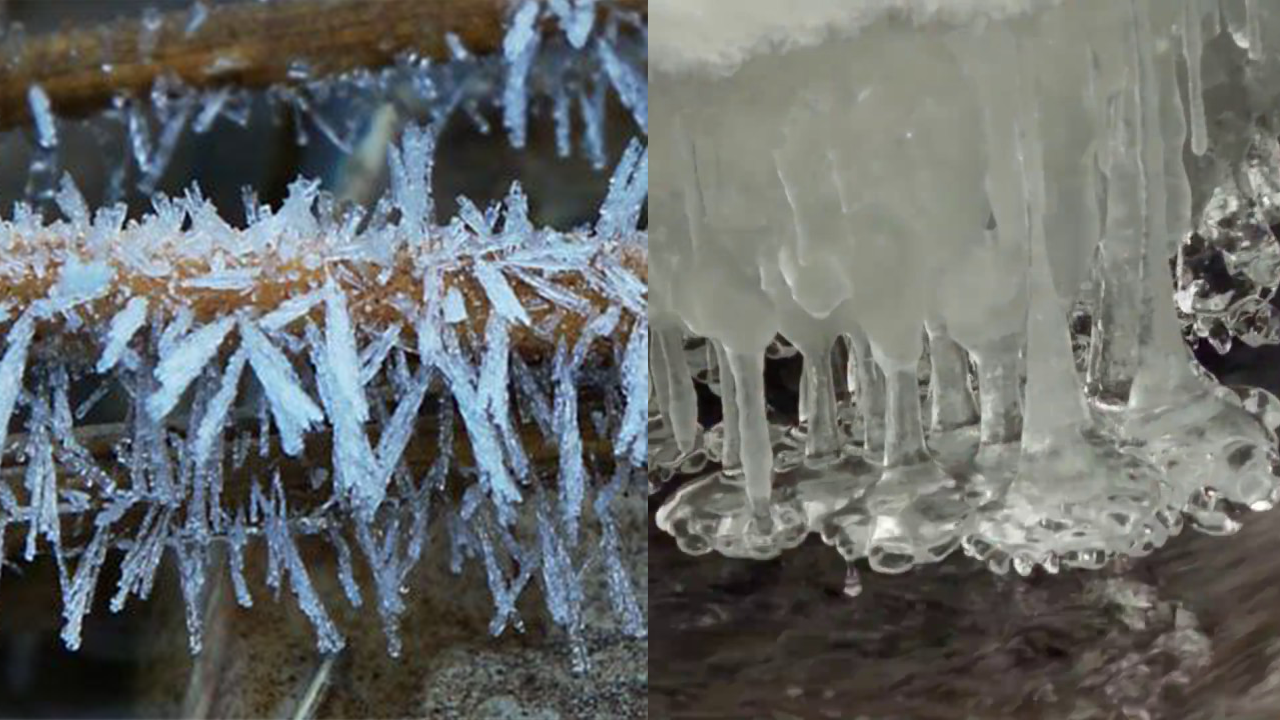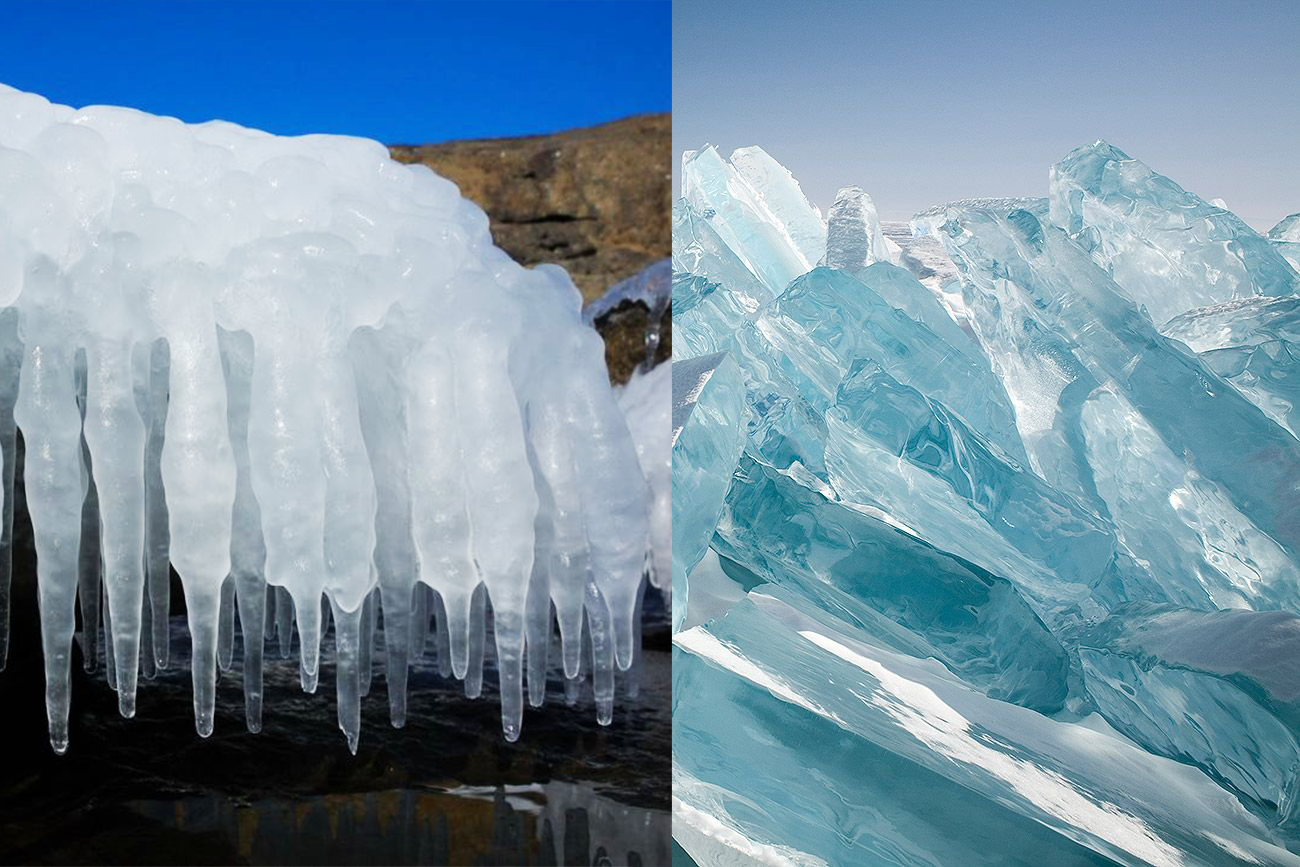Energy Drink Commercial – 12 – Spires Growth
October 3, 2018
This post covers growth of individual spires coming off the main ice covered body of the can. The post here covers the growth across the surface of the can. Link to other reference here.
Effects Block
So I have been in a bit of a block recently over which style of freezing I should develop completely and use. I want a recognizable ice structure and silhouette but can’t focus primarily on a single topic, possibly because I have spent too much time looking at ice, or possibly because I’m just indecisive. Regardless I’m finding myself in a weird balance between the effects artist and the client, what I want and think looks good vs what my logical programming side thinks.
Achieving Realistic Growth
Because I want realistic growth, I want to stray away from developing “growth” where you just have an animated scaling effect on a few meshes or just animating a boolean. These effects work to a point, but I think will look easily recognizable and lazy in this case. I have always sort of messed with recursive growth, and this is the perfect opportunity to do develop it further. I have 2 ways of currently achieving recursive growth, one with VDBs and one using manual point advection. Both work well and have their strengths and weaknesses. From my testing however, it seems point advection will be easier to control, so it will be the main method I use going forward for now. Link to the descriptions for that setup here if you want to see it.
Shape Possibilities
Ice has weird tendencies when freezing, mainly situational, based on environment variables. Ice from humidity will tend to form fine, small lines of frost crystals, while ice forming on the edge of a river will be largely smooth with small outcroppings.
The shape of ice I have found, personally, to be very recognizable and interesting is that of icicles and large glacial shards. These provide a relatively simple but elegant look, as they have smooth slightly warped surfaces.
The problem with these is that they are not necessarily realistic, which poses a problem of if they will be believable to the viewer and not arise suspicion of being fake, instead enjoying what they are seeing. I think they will look great, but I have been researching multiple avenues just in case.
-
Crystalline Growth
I found this great timelapse of crystalline growth that really helps show the nature of crystals growing.
After watching this many times over, it still just looks like a boolean on a premade crystal. There is a little bit of growth in the radius of the crystal, but other than that it just kind of…. appears.
I have done a few tests with particle advection, attempting to keep the growth relatively smooth to a basic crystal shape:
And with that basic crystal shape, boolean it back with the bounding geometry:
Both don’t seem like anything amazing to me, it just lacks a certain sense of movement and interest to me that the following growth methods tend to itch. I’m just not sold on it fully, I feel at a significant loss pouring time into this idea but I feel there is a piece of the puzzle I am missing in order to get it to look proper.
2. Icicle Growth
I am, admittedly, much more committed to this style than the other, but I want to make sure I am looking at the best possibilities instead of just accepting the easiest method that falls in my lap. By messing with some custom velocity fields and properly scaling them, the following growth patterns can be achieved:
Higher Curl Noise Vel
Lower Curl Noise Vel
The benefit of using this method is that the noise is very easily changed and multiple growths can just be layered on top of one another to create multiple shards that truly seem to organically come from one another, as the majority of the work is done in the velocity field.
The biggest question here is should the ice be more chunky? Should you be able to see hard edges and broken pieces? A balance needs to be struck between what is too much noise and what is too little.
3. Frost Spread
I don’t have anything to show here but it is important to touch on for the time being. Frost is something that will always be accompanied with larger ice structures due to the nature of our atmosphere. Frost will have to be included thus, more than likely included in the shader rather than true physical geometry in an effort to budget time. Adding the full geometry and the growth will be a luxury at this point, some basic frost might add the extra touch the piece needs, but I’m not currently willing to devote time into it just yet. Just spitballing ideas however, I believe scaling up some VEX generated lines based on the black and white growth solved surface earlier will do just fine. Since it is so small scale, basic animated scaling/growth will more than likely look fine, but basic tests to come.
To Do:
- Larger scale growth tests with various styles
- Procedural bubble growth based on ice growth
- Unify ice growth
- Research ice materials and textures, making sure uvs follow correctly during growth (time shift and stitch the UVs? 3D texture?)
- Start to bring all of these elements together into one effect



